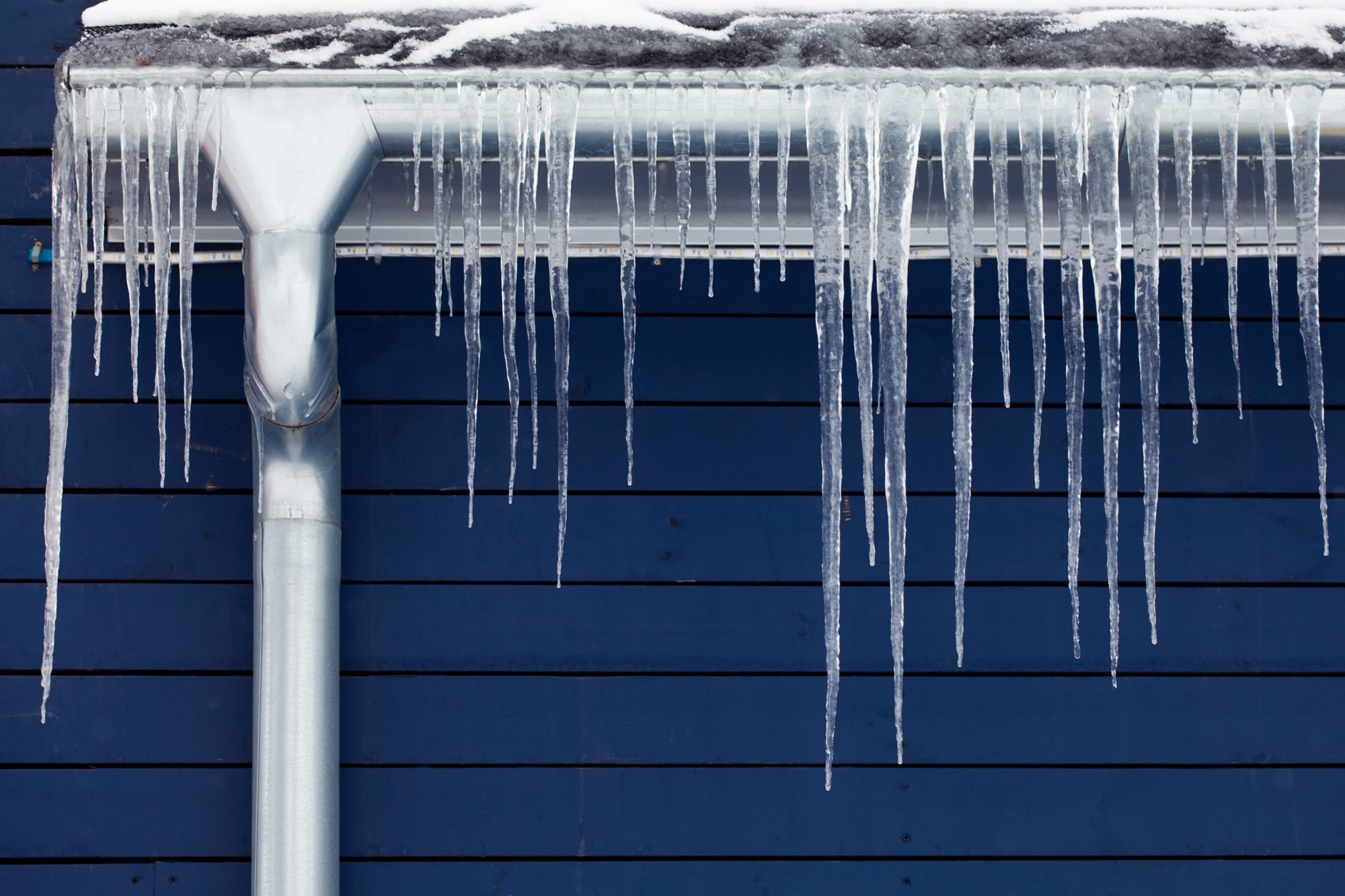Essential Advice to Prevent Frozen Plumbing in Cold Weather
Essential Advice to Prevent Frozen Plumbing in Cold Weather
Blog Article
They are making several good pointers on Prevent Frozen Pipes in general in this content on the next paragraphs.

Winter can damage your plumbing, particularly by freezing pipelines. Here's exactly how to stop it from taking place and what to do if it does.
Intro
As temperature levels decline, the risk of icy pipes boosts, possibly resulting in expensive repair services and water damage. Understanding how to avoid frozen pipes is essential for home owners in chilly climates.
Comprehending Icy Pipelines
What triggers pipes to freeze?
Pipes freeze when revealed to temperatures below 32 ° F (0 ° C) for extended periods. As water inside the pipelines ices up, it expands, taxing the pipe walls and potentially causing them to rupture.
Dangers and damages
Frozen pipelines can bring about water system interruptions, property damage, and expensive repair work. Ruptured pipes can flooding homes and create substantial architectural damage.
Signs of Frozen Piping
Recognizing icy pipelines early can prevent them from breaking.
Exactly how to identify frozen pipes
Seek decreased water circulation from taps, unusual odors or sounds from pipelines, and noticeable frost on exposed pipelines.
Prevention Tips
Insulating susceptible pipelines
Wrap pipelines in insulation sleeves or utilize warm tape to protect them from freezing temperature levels. Concentrate on pipelines in unheated or outside locations of the home.
Heating methods
Keep indoor spaces appropriately warmed, particularly locations with plumbing. Open cupboard doors to permit warm air to distribute around pipes under sinks.
Securing Outdoor Plumbing
Garden pipes and outside taps
Separate and drain pipes yard hose pipes prior to winter months. Set up frost-proof faucets or cover exterior faucets with shielded caps.
What to Do If Your Pipelines Freeze
Immediate actions to take
If you believe icy pipes, maintain taps open to ease pressure as the ice melts. Utilize a hairdryer or towels taken in hot water to thaw pipelines gradually.
Long-Term Solutions
Architectural changes
Take into consideration rerouting pipes far from outside wall surfaces or unheated locations. Add additional insulation to attic rooms, basements, and crawl spaces.
Upgrading insulation
Purchase high-grade insulation for pipelines, attics, and walls. Proper insulation aids preserve constant temperatures and decreases the danger of frozen pipes.
Conclusion
Stopping icy pipelines calls for aggressive actions and quick reactions. By recognizing the causes, signs, and preventive measures, property owners can secure their plumbing throughout cold weather.
5 Ways to Prevent Frozen Pipes
Drain Outdoor Faucets and Disconnect Hoses
First, close the shut-off valve that controls the flow of water in the pipe to your outdoor faucet. Then, head outside to disconnect and drain your hose and open the outdoor faucet to allow the water to completely drain out of the line. Turn off the faucet when done. Finally, head back to the shut-off valve and drain the remaining water inside the pipe into a bucket or container. Additionally, if you have a home irrigation system, you should consider hiring an expert to clear the system of water each year.
Insulate Pipes
One of the best and most cost-effective methods for preventing frozen water pipes is to wrap your pipes with insulation. This is especially important for areas in your home that aren’t exposed to heat, such as an attic. We suggest using foam sleeves, which can typically be found at your local hardware store.
Keep Heat Running at 65
Your pipes are located inside your walls, and the temperature there is much colder than the rest of the house. To prevent your pipes from freezing, The Insurance Information Institute suggests that you keep your home heated to at least 65 degrees, even when traveling. You may want to invest in smart devices that can keep an eye on the temperature in your home while you’re away.
Leave Water Dripping
Moving water — even a small trickle — can prevent ice from forming inside your pipes. When freezing temps are imminent, start a drip of water from all faucets that serve exposed pipes. Leaving a few faucets running will also help relieve pressure inside the pipes and help prevent a rupture if the water inside freezes.
Open Cupboard Doors
Warm your kitchen and bathroom pipes by opening cupboards and vanities. You should also leave your interior doors ajar to help warm air circulate evenly throughout your home.

As a fervent reader about 6 Ways to Prevent Frozen Pipes, I assumed sharing that piece of writing was a smart idea. Make sure you take a moment to promote this blog entry if you appreciated it. We thank you for reading our article about Prevent Frozen Pipes .
Visit Our Site Report this page